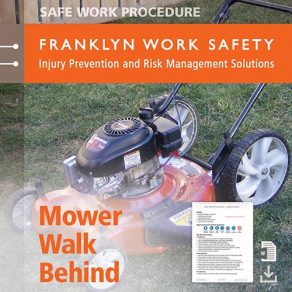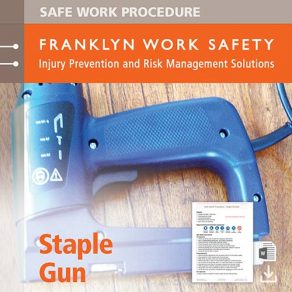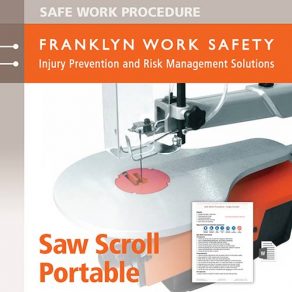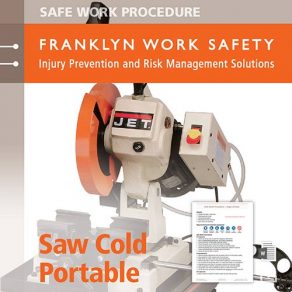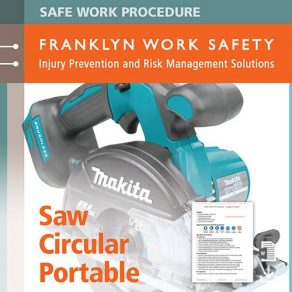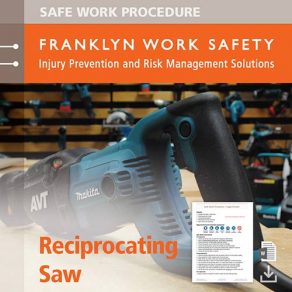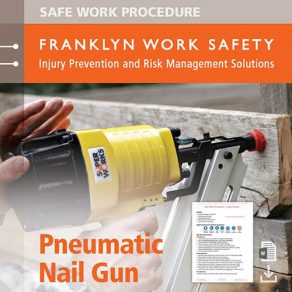If WHS KPI information rarely see’s the light of day between Annual Reports in your organisation, legislated requirements are soon going to demand you change things.
Under the WHS legislation, executive level (e.g. Board, Senior Management) monitoring of WHS KPIs is an important action to meet the officer’s WHS Due Diligence obligations (see our Guide on Due Diligence for Officers). Safe Work Australia makes this point in the relatively new publication – Measuring and Reporting on Work Health and Safety Report . This publication, all 81 pages of it, is a direct acknowledgement that KPI practices become Regulator business with the new WHS legislation.
The vital ingredient with KPI reporting and the WHS Due Dilligence obligation, is that your KPIs provide a picture of your “key OSH risks”. The following description of “key OSH risks” ties in with the latest guidance on the application of AS/NZS ISO 31000:2009 for health and safety related risk i.e. HB205:2017 Handbook: Managing Health and Safety Related Risk), “key OSH risks” are:
- The main things in your organisation that may cause physical or psychological harm to people; and
- OSH legislation compliance requirements that are significant for your organisation.
So for example, “sedentary/desk based work” is a common “key OSH risk” in the public sector. Thus, most public sector agencies should have some KPIs focussed on harm related to desk based work (lag indicators), as well as the things that are done to try and prevent or manage that harm (lead indicators) e.g. ergonomic assessments.
Will your organisations KPI reporting practices meet the new WHS legislation requirements?
Perhaps the best way to answer this question, is to ask if your OSH performance reporting genuinely achieves the following:
- facilitates monitoring of the organisations management of key OSH risks*;
- facilitates executive level understanding of the organisations key OSH risks and the management of those risks; and
- executive level action (when required) to improve OSH management.
Required Action?
If you answer “no” to any of the 3 points above, you should review your OSH performance reporting practices. A useful tool to do this is to use the elements of the WorkSafe Plan Assessment that refer to Performance Reporting.


